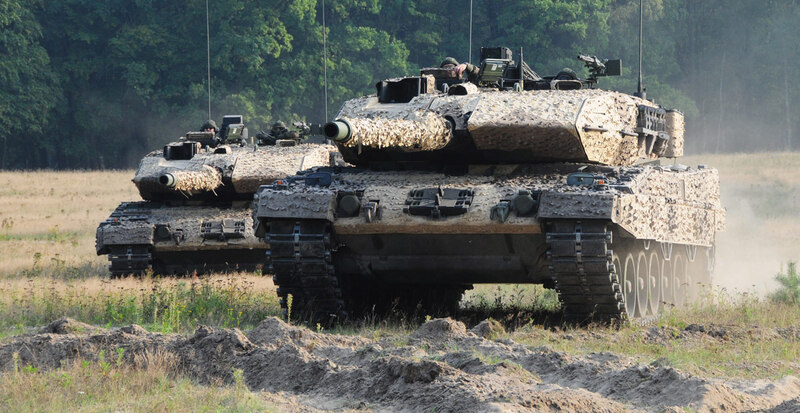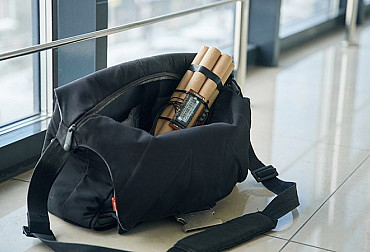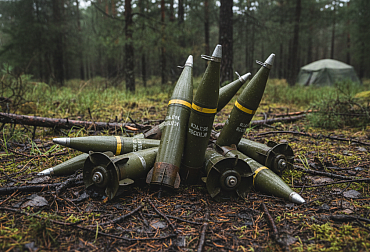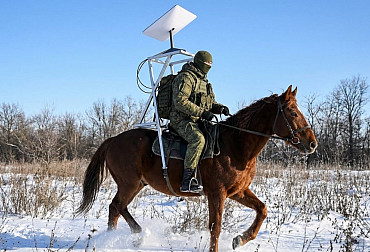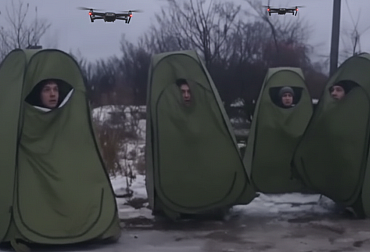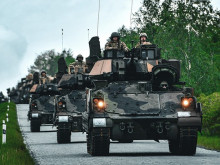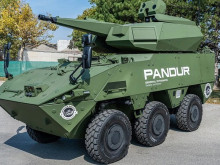Possible future of the new Leopard 2 tanks in the Czech Army
As the war in Ukraine shows, tanks are definitely not old hat and still play a very important role on the modern battlefield. Recently, not only because of the support to Ukraine in the form of delivery of older Leopard 2 tanks of various versions, several European countries have already decided to acquire the latest version of this German machine. It is a question whether the Czech Republic should join the future users of the new Leopard 2 tank, the only tank in production in Europe, as soon as possible, so that the Czech Army has a chance to receive the new tanks in time (in case it decides to opt for the new Leopard 2), given the high demand. At a meeting of the parliamentary defence committee in April, the Chief of the General Staff of the Czech Armed Forces, Lieutenant General Karel Rehka, said that the army could receive the brand new tanks between 2027 and 2030.
The first country to opt for the Leopard 2A7NO (Leopard 2A7+ customised tanks) in February this year is Norway, which has decided to buy a total of 54 Leopard 2A7 tanks with an option for 18 additional machines, resulting in the purchase of up to 72 machines. These new tanks are then intended to replace the current ageing Leopard 2A4 tanks serving in the Norwegian Army between 2026 and 2031.
Another major European nation that expressed interest in new Leopard 2A7 tanks in March is Italy. According to the Defense News website, the Italian army is looking to increase its capabilities through the acquisition of up to 250 tanks, 125 of which will be upgraded versions of the indigenously produced Ariete tanks, and the other half of which, according to Italian sources, should be tanks that have built up logistics support and are established in Alliance armies, pointing specifically to the Leopard tanks. Given the need to fill this gap quickly, it is likely to be a question of leasing them. At the same time, Italy wants to explore the possibility of involving the Italian defence industry in the Main Ground Combat System (MGCS) project, a joint European tank development project led by German and French companies.
Recently, then, an interesting report appeared in the press concerning the modernisation of the German tank army. According to information from the German website Europäische Sicherheit & Technik, the Bundeswehr is planning to acquire a larger number of Leopard 2A8 tanks, partly as a replacement for those sent to Ukraine. In the case of the 2A8 version, it is an improved version of the machine based on the Leopard 2A7HU tank destined for Hungary. The improvements concern most of the tank's systems. Deliveries to the Bundeswehr are expected to start as early as 2025.
Not forgetting earlier orders, for example from the aforementioned Hungary, which ordered 44 units of the new Leopard 2A7+ tanks at the end of 2018, it can be expected that countries that have sent their older tanks to Ukraine will also show interest in the new Leopards and will thus look for solutions to replace them. However, in the context of the high demand for German machines, there is a problem regarding the capacity of the Leopard tank manufacturer (Krauss-Maffei Wegmann), which unfortunately may not be sufficient to meet the needs of European armies.
According to the Chief of the General Staff of the Czech Armed Forces, Lieutenant General Karel Rehka, the Czech Armed Forces could receive the new tanks between 2027 and 2030. General Rehka made this very optimistic outlook during the April meeting of the Defence Committee. Given the aforementioned signed or planned orders, it is thus high time to act if the Leopard 2 tank is chosen for the AFR.
The new Leopard 2 tanks would make sense for the ACR, given the 14 older Leopard 2A4 tanks already donated, primarily for training and to ease the transition to Western technology. It would also not be very logical or economical to procure another type of tank and operate two platforms in parallel, unless the delivery time for the new Leopard tanks is unreasonably long.
One solution to the current limited production capacity could be to expand and transfer some Leopard tank production to other countries so that more machines can be produced to meet the needs of more customers. An example for expanding production could be the cooperation between the German company Rheinmetall and the Polish company Huta Stalowa Wola in the production of the 120 mm calibre L/44 tank gun for the 2A4, 2A5 and the Polish version known as Leopard 2PL. Although this is the production of the L/44 gun and not the L/55 used on the 2A7 machines, this case could serve as an inspiration for further development of cooperation within Europe. Sweden, for example, also has experience with the production of Leopard 2 tanks, where a total of 91 Leopards were produced years ago by Bofors and Hägglunds as part of the Stridsvagn 122 project (an improved variant of the German Leopard 2A5 tank).
The tanks, as well as other armoured vehicles, have clearly proved their importance on the Ukrainian battlefield, and this has been recognised by the vast majority of armies, including the A.C.R. However, in the case of a decision to arm our army with new Leopard 2 tanks, it is necessary to act quickly, since, as described above, there are a number of interested parties for these machines and current production capacities are limited. Thus, it should be in our interest to speed up any negotiations with the manufacturer and try to move forward in the "queue" so that the new tanks can be realistically introduced into the armament of the Czech Armed Forces preferably on the planned date or with minimal delay.











